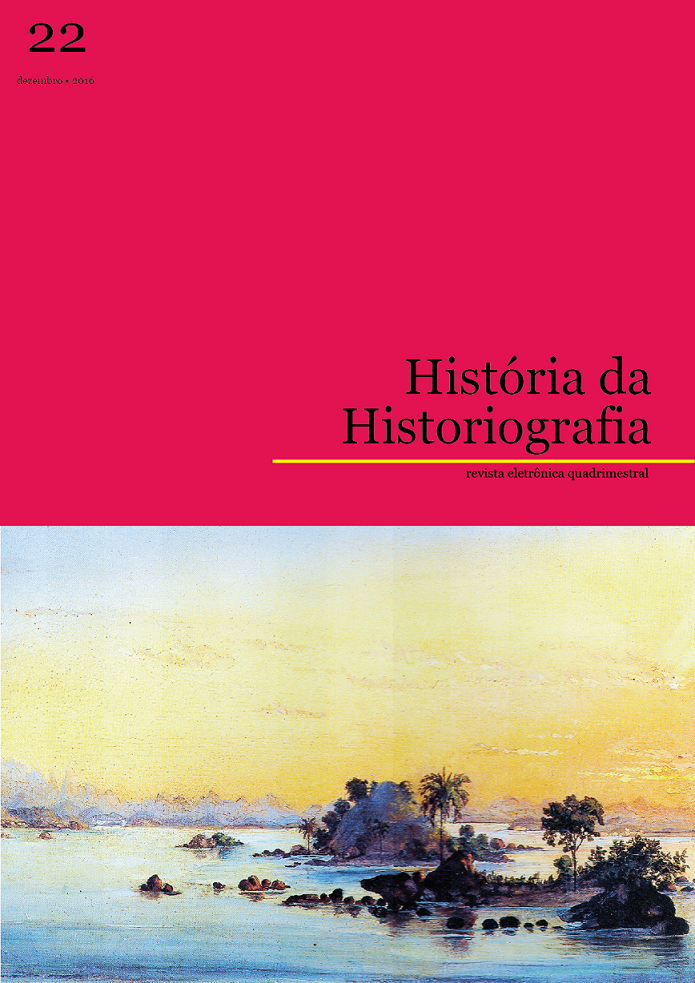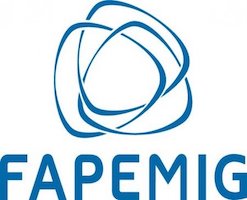Temporality, Historicity and Presence in an Analysis of the Prologue of the Picatrix (13th Century)
DOI:
https://doi.org/10.15848/hh.v0i22.1028Keywords:
Temporalities, Medieval history, HistoricityAbstract
The purpose of this article is to present a historical analysis, the fundamentals of which are found in the concepts of temporality and historicity developed by Martin Heidegger. For this, some aspects of the work Being and Time (Sein und Zeit) are presented and articulated, with the interpretations and considerations of other authors such as Reinhart Kosellek, Hans Ulrich Gumbrecht, Cezar Louis Sebt and Valdei Lopes Araújo. This analysis is intended to contribute to the construction of historiographical categories of temporality and historicity. In the second part of the text, these categories are applied in the analysis of a medieval document of astromagic, translated from Arabic into Spanish and Latin at the court of King Alfonso X of Castile, the Picatrix. It appears that, because it is a "presence-culture” as proposed by Gumbrecht, the medieval society is a rich laboratory for understanding the movement of temporalities and the historical phenomenon of transculturality.
Downloads
Downloads
Published
How to Cite
Issue
Section
License
Authors hold the copyrights to the manuscripts submitted. História da Historiografia: International Journal for Theory and History of Historiography is authorized to publish the aforementioned text. Authors are solely responsible for data, concepts and opinions presented in the papers, along with the accuracy of document and bibliographical references.

This work is licensed under a Creative Commons Attribution 4.0 International License.


















